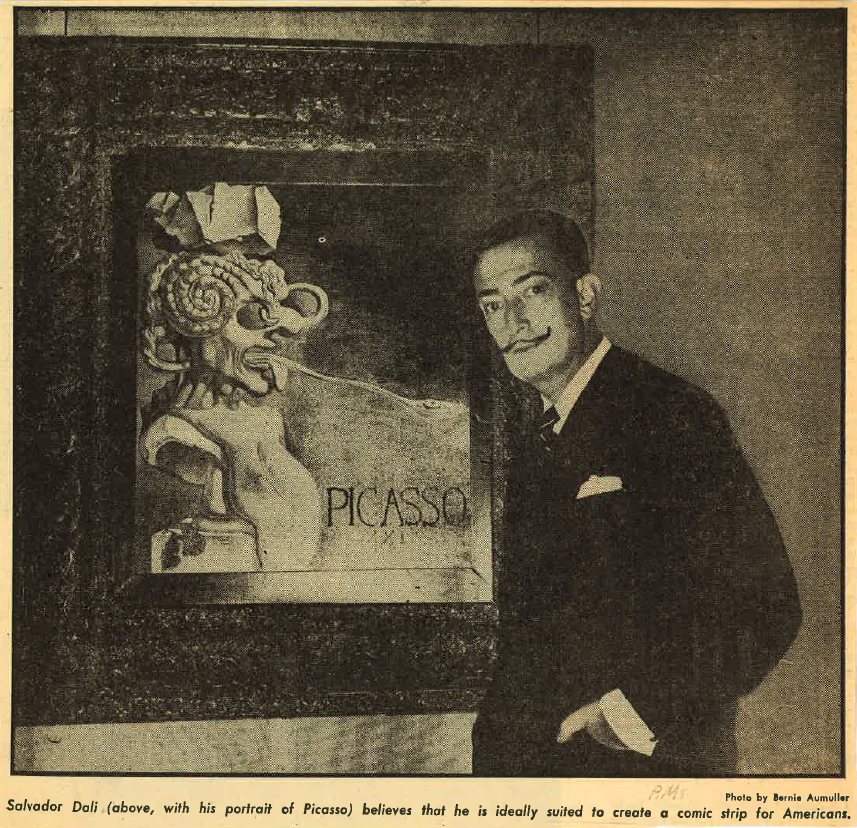Until the late 18th century, the study of mollusks was based largely on shells. Very little research or published information existed about molluscan anatomy and soft tissues. Giuseppe Saverio Poli, recognized by many as the father of malacology, changed this with his monumental publication, Testacea utriusque Siciliae eorumque historia et anatome (1791-1827).
Month: August 2015
Numerous pamphlets, catalogues, and paperbound materials contribute to the vast general collections held within the Smithsonian Libraries. Many of these fragile items were carefully treated by past Preservation Services staff using approaches similar to those we currently employ.

The world of modern art is at times criticized for a certain reputation of exclusivity and mystery in which the more inaccessible a certain artist or artwork may be, the more valuable and reputable the art becomes. Salvador Dali, the most famed member of the twentieth century avant-garde movement, Surrealism, on the other hand, challenges this perception that artistic creation is a closed-off affair for an elite few. Sure, Dali was no humble man of the people, and in fact is famous for his eccentric, narcissistic personality as he continually declared himself the most talented and significant artist of his generation (let’s not forget his autobiography graciously titled Diary of a Genius). However, Dali walks the line between artist and popular culture sensation as he created artwork that was meant to be seen and consumed by everyone. Many examples of Dali’s remarkable work may be found in the Art and Artists Files of the Hirshhorn Museum and Sculpture Garden Library and the American Art & Portrait Gallery Library at the Smithsonian, as well as the nearby National Gallery of Art Library.
While browsing the Trade Literature Collection, you never know what you might find. One search might lead you to discover something you never realized was even there. Recently, I was searching for catalogs related to food or ones that included recipes. That led me to this 1917 almanac from J. R. Watkins Medical Co.
This entry was written by Linda Blancato, book lover and Adopt-a-Book supporter.
I’ve always been a librarian at heart. My father was a master bookbinder who owned a bindery in Baltimore, Maryland. He instilled in his family a love and respect for all things related to books: the cover, the bindings, the pages, and of course the content. From a young age, I’ve always appreciated that the real value of books includes the way they are created, stored, preserved, conserved, and shared. When my son-in-law [Smithsonian employee] David Opkins shared the Libraries’ Adopt-a-Book Program with me, I thought, “What a perfect match.”
In honor of National Aviation Day, Smithsonian Libraries (SIL) turns to a piece of history found in the Ramsey Room. Established by Franklin Delano Roosevelt in 1939, National Aviation Day is celebrated every year on August 19th, which is also the birthday of Orville Wright.
